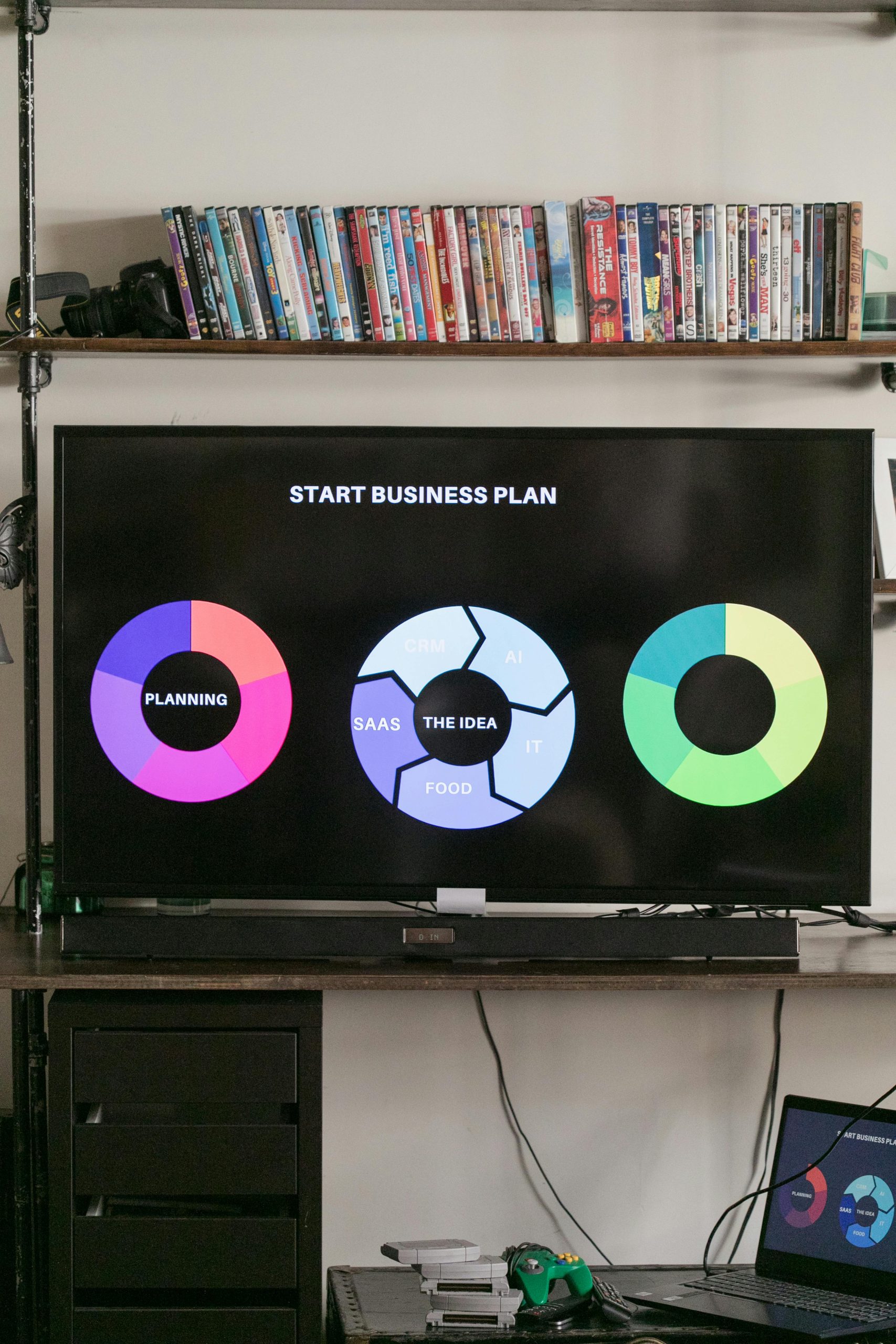The Software-as-a-Service (SaaS) industry is undergoing a seismic shift, thanks to the rapid advancements in artificial intelligence (AI). By 2025, AI is no longer just an add-on feature—it’s the backbone of SaaS platforms, driving efficiency, personalization, and innovation. From automating mundane tasks to predicting user behavior, AI is reshaping how businesses operate and deliver value. Here’s a deep dive into the ways AI is revolutionizing SaaS platforms in 2025.
1. Hyper-Personalization Through AI-Driven Insights
One of the most transformative impacts of AI on SaaS platforms is its ability to deliver hyper-personalized experiences. In 2025, AI algorithms analyze vast amounts of user data in real-time, enabling SaaS platforms to tailor interfaces, recommendations, and workflows to individual users.
How It Works
- Behavioral Analysis: AI tracks user interactions to predict preferences and suggest relevant features.
- Dynamic Content: Platforms adjust content, dashboards, and notifications based on user roles and past behavior.
- Predictive Recommendations: AI anticipates user needs, such as suggesting the next best action in a workflow.
For example, CRM platforms like Salesforce now leverage AI to recommend the best follow-up actions for sales reps, while marketing tools like HubSpot automate personalized email campaigns based on user engagement patterns.
2. Intelligent Automation for Enhanced Efficiency
AI-powered automation is eliminating repetitive tasks, allowing businesses to focus on strategic initiatives. In 2025, SaaS platforms integrate AI to handle everything from data entry to complex decision-making processes.
Key Applications
- Chatbots and Virtual Assistants: AI-driven chatbots handle customer queries, reducing response times and support costs.
- Workflow Automation: Tools like Zapier and Monday.com use AI to automate multi-step workflows across apps.
- Document Processing: AI extracts and categorizes data from invoices, contracts, and emails without manual input.
For instance, accounting SaaS platforms now automate expense categorization and fraud detection, saving businesses countless hours of manual work.
3. Advanced Analytics and Predictive Capabilities
AI is supercharging SaaS analytics, turning raw data into actionable insights. In 2025, predictive analytics and machine learning models help businesses forecast trends, optimize operations, and mitigate risks.
Transformative Use Cases
- Sales Forecasting: AI analyzes historical data to predict future revenue streams with high accuracy.
- Customer Churn Prediction: SaaS platforms flag at-risk customers and suggest retention strategies.
- Resource Optimization: AI recommends the best allocation of team resources based on project demands.
Platforms like Tableau and Power BI now embed AI to generate natural language insights, making data analysis accessible to non-technical users.
4. Enhanced Security and Fraud Detection
As cyber threats grow more sophisticated, AI is becoming indispensable for SaaS security. In 2025, AI-driven security features proactively detect anomalies, prevent breaches, and ensure compliance.
AI-Powered Security Measures
- Anomaly Detection: AI monitors user behavior to identify suspicious activities, such as unauthorized access.
- Automated Threat Response: Systems instantly block potential threats before they escalate.
- Data Encryption: AI enhances encryption methods, ensuring sensitive data remains protected.
For example, cybersecurity SaaS platforms like CrowdStrike use AI to detect and neutralize threats in real-time, reducing the risk of data breaches.
5. Seamless Integration and Interoperability
AI is breaking down silos between SaaS applications, enabling seamless integration and interoperability. In 2025, AI acts as a bridge, allowing platforms to communicate and share data effortlessly.
How AI Facilitates Integration
- Smart APIs: AI-powered APIs automatically map data fields between different systems.
- Unified Dashboards: AI aggregates data from multiple SaaS tools into a single, coherent view.
- Context-Aware Workflows: AI understands user intent and triggers the right integrations at the right time.
Platforms like Slack and Microsoft Teams now use AI to suggest relevant integrations based on team collaboration patterns, streamlining productivity.
Conclusion
AI is no longer the future of SaaS—it’s the present. By 2025, AI-driven personalization, automation, analytics, security, and integration are redefining what SaaS platforms can achieve. Businesses that embrace these advancements will gain a competitive edge, delivering unparalleled efficiency and user experiences. As AI continues to evolve, its role in SaaS will only deepen, unlocking new possibilities we’ve yet to imagine. The revolution is here, and it’s powered by artificial intelligence.
